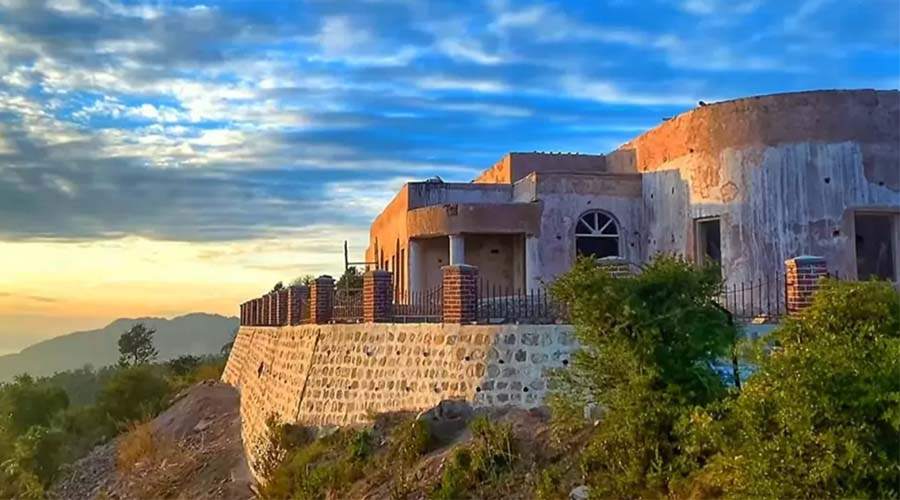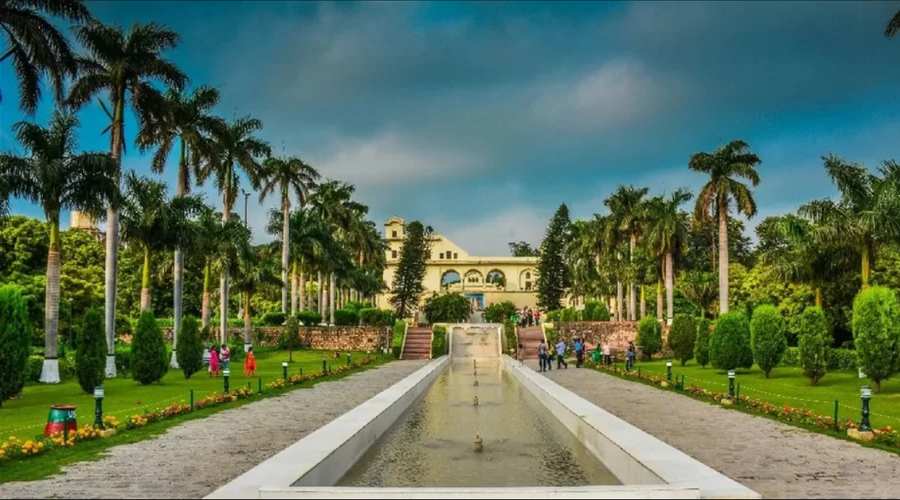A multimedia musical fountain represents a captivating convergence of art, technology, and nature, transforming ordinary water features into immersive sensory spectacles. These fountains creatively blend choreographed water jets, multicolored lights, synchronized music, and often cutting-edge visual effects like lasers and projections to deliver dynamic performances that enchant audiences of all ages. With origins dating back centuries but fueled by modern digital technologies today, multimedia musical fountains have become iconic landmarks in cities, entertainment venues, and public parks worldwide.
What is a Multimedia Musical Fountain?
A multimedia musical fountain is a choreographed water feature where water, light, music, and sometimes additional visual elements such as lasers or video projections work in harmony to produce a live or automated show. These fountains go beyond the simple spray or cascade of water by transforming each droplet into a stroke of an artistic performance aligned to musical rhythms and thematic storytelling. The shows typically feature an intricate sequence of water jet patterns, color-changing lights, and precisely timed music, creating a multisensory experience that is both visually stunning and emotionally moving.
Unlike traditional fountains with static water flows, multimedia fountain systems utilize sophisticated control hardware and software to program the height, angle, shape, and timing of water jets, and synchronize them perfectly with music tracks and lighting changes. This capability allows designers to craft endlessly varied shows suitable for various special events, cultural celebrations, or everyday attraction.
Key Features and Technologies
1. Advanced Control Systems
At the heart of a multimedia musical fountain lies an advanced control system, often built on programmable logic controllers (PLCs) or other industrial-grade automation platforms. Software programs provide the interface to design and choreograph sequences, allowing precision timing of pumps, valves, and lights. Controls interpret music’s tempo, beat, and intensity to animate the fountain’s elements synchronously, making the water literally “dance” to the sound.
2. Dynamic Water Displays
The fountain’s water effects rely on an array of specialized nozzles and pumps that produce different patterns, such as high jets, arcing sprays, mist clouds, and twisting spirals. Modern installations can feature hundreds of nozzles, capable of reaching impressive heights and making complex movements that enhance the musical narrative. Various water shapes—like fans, jets, curtains, and oscillating streams—contribute layers of motion that evoke feelings ranging from calm serenity to exuberant excitement.
3. Colorful Lighting
Lighting plays a crucial role in highlighting water’s transparent beauty and emphasizing movement. High-powered RGB LED lights are typically embedded underwater or positioned around the fountain to illuminate jets in vivid hues. The color schemes shift in synchronization with the music, employing gradual fades, flashes, or waves of light that amplify emotional impact and create mesmerizing visual effects even in complete darkness.
4. Music Synchronization
Careful audio design is critical as the music dictates the rhythm and mood of the entire fountain performance. The control system analyzes musical elements such as beat, tempo, and key changes to choreograph water and light precisely. This results in a finely tuned harmony where every splash, jet, or light pulse complements the soundtrack, whether classical, pop, instrumental, or cultural compositions.
5. Additional Multimedia Effects
Many modern fountains also incorporate multimedia features such as laser lighting, video projection mapping, or holographic images projected onto water screens formed by fine mists. These effects add depth and drama, allowing for storytelling through visuals that interact with the fountain’s physical components to create a fully immersive spectacle.
Popular Applications
Multimedia musical fountains have become popular attractions for various settings:
- City Squares and Public Parks: Enhancing urban spaces with beautiful entertainment that attracts residents and tourists.
- Shopping Malls and Hotels: Providing eye-catching installations that elevate ambiance and guest experience.
- Theme Parks and Resorts: Offering dazzling nighttime shows that cap off day-long adventures.
- Commercial Complexes and Office Parks: Serving as unique landmarks that reinforce corporate identity and add aesthetic value.
- Private Estates and Luxury Homes: Making private gatherings extraordinary with personalized fountain shows.
Iconic examples include the Bellagio Fountain in Las Vegas, Dubai Fountain in the UAE, and the Multimedia Fountain Park in Warsaw, Poland, all showcasing how choreography combines with cutting-edge technology to create landmark experiences.
Design and Operation
Creating a multimedia musical fountain involves several stages—from conceptual design, engineering, programming, to installation and maintenance. Designers consider the site’s physical parameters, water supply, wind conditions, and audience viewing angles to select nozzle types and lighting placements optimally.
Show designers compose or select musical pieces and use specialized software to map water and lighting sequences, ensuring peak synchronization. These programs allow previsualization so choreographers can edit sequences virtually before deployment. Once finalized, the controller hardware executes the programmed show with millisecond precision.
Operations can be fully automated on schedules or activated interactively. Some systems even adapt in real-time to live music, producing spontaneous choreography through artificial intelligence algorithms.
Benefits of Multimedia Musical Fountains
- Enhanced Aesthetic Appeal: They serve as focal points that beautify public and private spaces with kinetic art forms.
- Tourism and Revenue Generation: They attract visitors and boost local economy through events and tourism.
- Cultural Expression: Fountains provide a platform to showcase cultural heritage through themed shows accompanied by traditional or regional music.
- Community Engagement: Public performances encourage gatherings and social interaction.
- Technology Integration: Showcasing cutting-edge technology in art and engineering stimulates innovation and education.
Challenges and Considerations
While stunning, multimedia musical fountains require significant investment in equipment, design expertise, and ongoing maintenance. Systems must be carefully protected from environmental factors, and water treatment ensures longevity and performance consistency. The complexity of electronic and mechanical components also demands skilled technicians for troubleshooting and upgrades.
Energy consumption may be substantial, though advances in LED technology and variable frequency drives for pumps have improved efficiency. Additionally, operational noise and water splash need consideration for urban or residential settings.
The Future of Multimedia Musical Fountains
With rapid advancements in technology, multimedia musical fountains are evolving into even more interactive and immersive experiences. Integration with augmented reality (AR), audience-controlled features via mobile apps, and use of sustainable energy sources are shaping the next generation of these water spectacles.
Ultimately, multimedia musical fountains bring together the timeless beauty of water with modern multimedia artistry, creating enchanting, joyful environments that celebrate human creativity and technological excellence.

